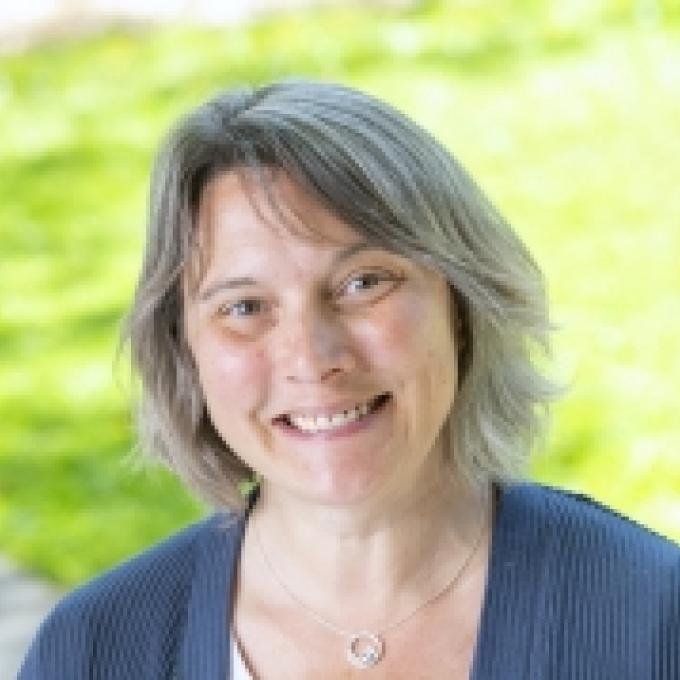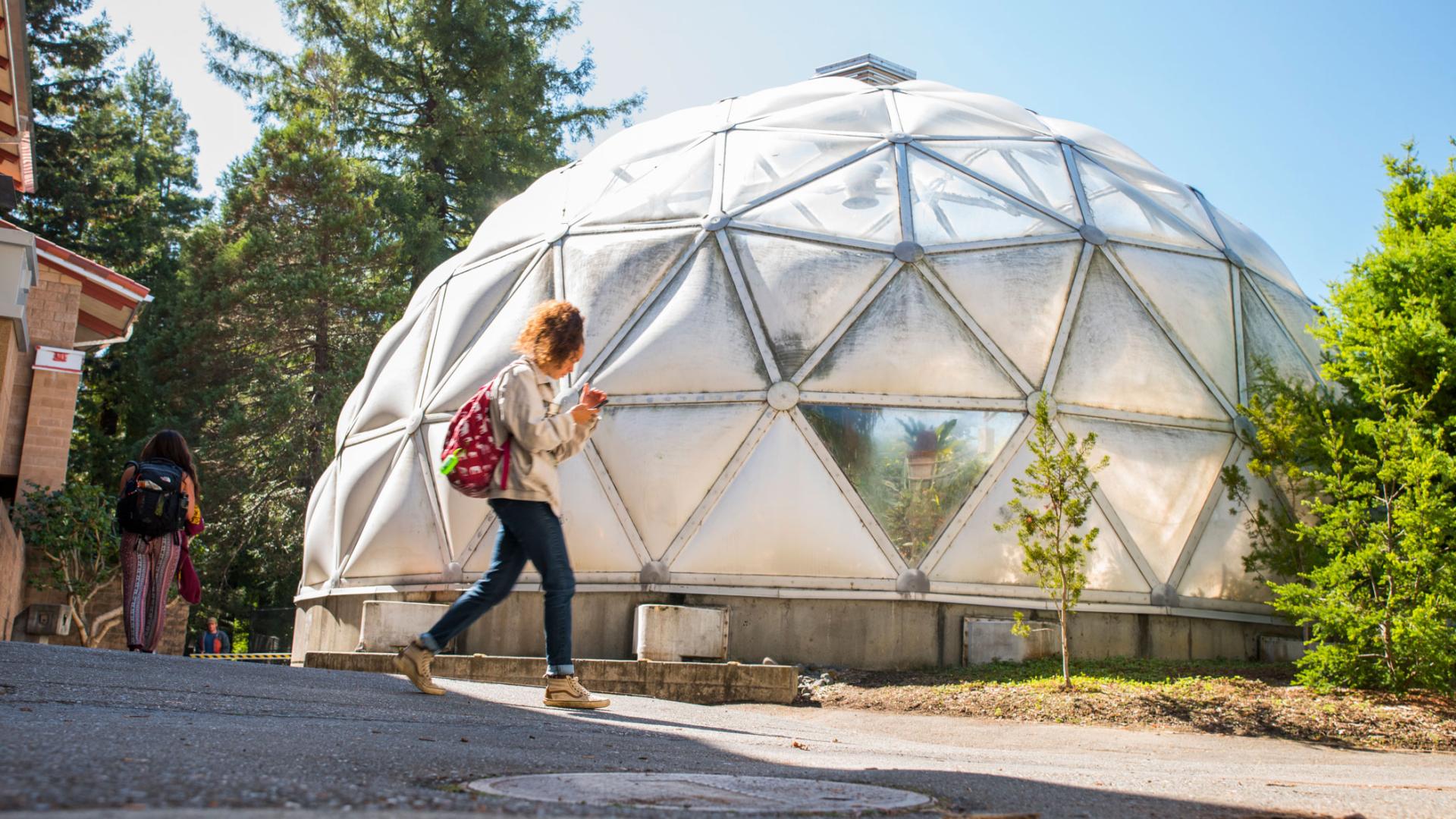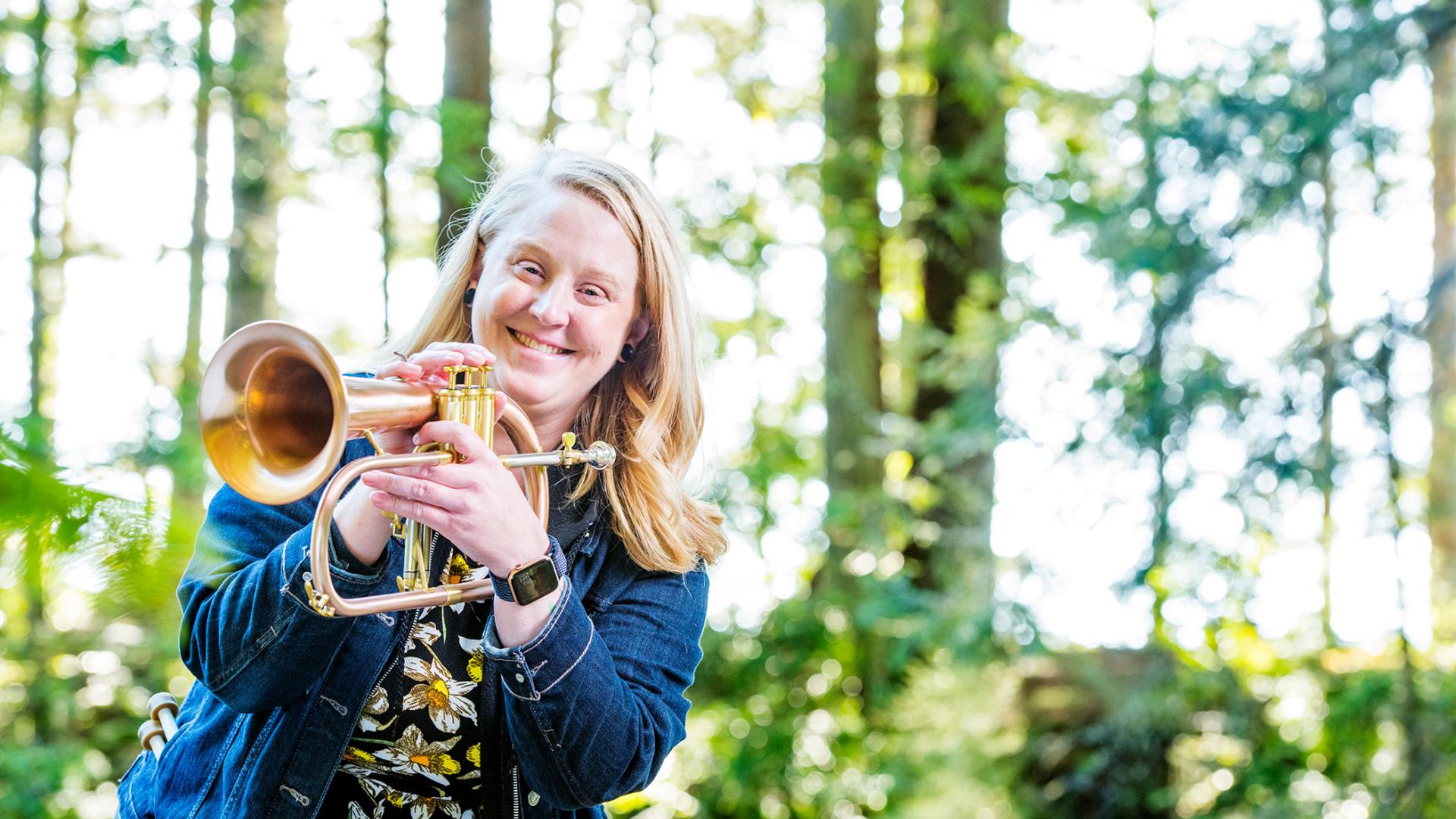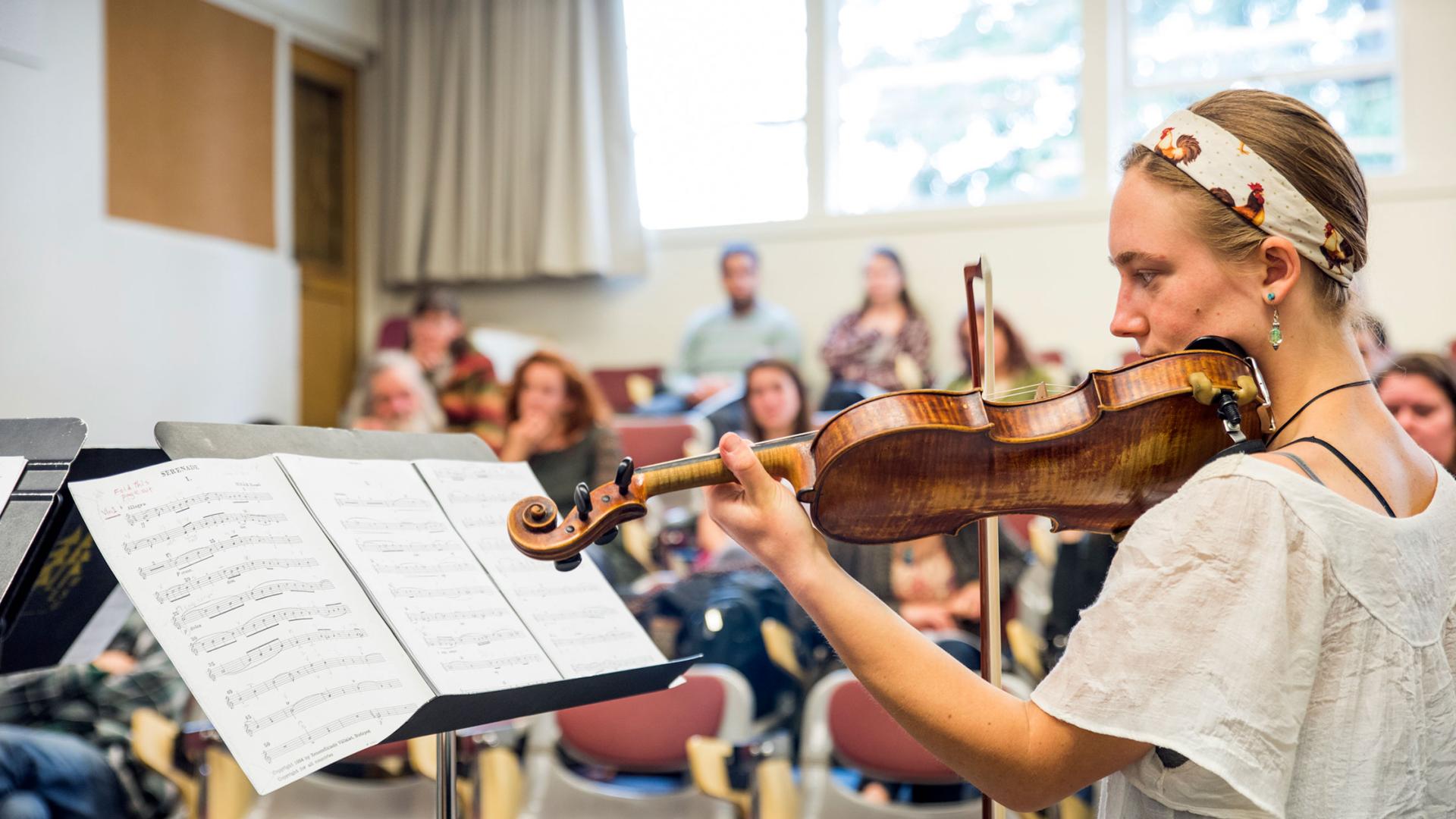Breadcrumb

- Biological Sciences
- Graduate Program
Amy Sprowles Ph.D.
Associate Professor - Cellular/Molecular Biology
Amy grew up in a small college town in Maine. She received a B.A. in Biology from Clark University and a PhD in Biochemistry from Vanderbilt University. She was a postdoctoral researcher at the UC Davis Cancer Center and in the Animal Genomics Laboratory. She has taught and mentored students at Humboldt since 2006. In addition, she has served as the Co-Director of the Humboldt CIRM Bridges Program, Program Director of the Humboldt Howard Hughes Medical Institute Inclusive Excellence ’17 Program, Co-Director of the Humboldt HSI STEM grant, Co-PI NSF INCLUDES Transcending Barriers Planning Grant, the Program Lead for the Humboldt Transcending Barriers to Student Success Pilot Project, and as the Humboldt CSU STEM NET Faculty Advisor. In 2020, she was honored to be a recipient of the CSU Faculty Innovation and Leadership Award.
- B.A. (1995) Clark University,Biology / Minor: Piano Performance
- Ph.D. (2003) Vanderbilt University, Biochemistry
- BIOL544/544L - Stem Cell Biology
- BIOL340 - Genetics
- BIOL440 - Genetics Laboratory
- SCI100: Becoming a STEM Professional in the 21st Century
I am interested in the signal transduction mechanisms that regulate early embryonic development, particularly those that promote the onset of cancer when mutated. I am also a discipline-based educational researcher interested in improving learning for all students.Graduate StudentsCurrent: Sheng Yang, Madison Gutierrez, Alyssa Paynton, Jon TierneyFormer: Ariah Mackie, '22: Determining haplotype specific X chromosome inactivation state and related epigenetic features in female X-linked genesAmin Cressman, '22: Modulation of polyamines to elucidate function within osteogenesis of mesenchymal stromal cellsNatalie Pedicino, '22: Characterizing the relationship of Lgl1 and AKT in migration of murine neural stem and progenitor cellsMonique Lacourse, '18: The effect of the loss of Lgl1 in murine neural progenitor cells on MAPK signaling and proliferationKristine Teague, '18: Characterizing the effect of cJun on the expression of Oct4 variants and how they correlate with the expression of genes associated with potency and cell fate of murine embryonic stem cellsElizabeth Zepeda, '18: The effects of increased camp levels on neuronal differentiation in murine embryonic stem cells, and the creation of a CRISPR-induced c.1252c>t point mutation in the ADCY5 geneRachel Brewer, '17: The developmental implications of the regulatory relationship between cJun and OCT4 in murine embryonic stem cellsManal Hosawi, '16: Regulation of Oct4 expression by Jun-N terminal kinase/cJun signaling in murine embryonic stem cells Sharon OtisJacob Nowatske
- Sprowles, A.E., Martell, S., Malloy, K.J., Hillman, L.T., Hillman, L.C., Rich, A., Smith, J., Shaughnessy, F., Hurst, M.P., Manor, S., Mazzag, B., Oliver, D., Siering, P., Cashman, E., O’Dowd, A.P., Goley, P.D., Black, G., Goldenberg, K., and Johnson, M.D. “First year STEM curriculum co-created with Indigenous scientists improves intellectual growth, psychosocial factors associated with retention, and academic achievement of students from racially minoritized groups historically underrepresented in STEM,” Discovering Education (in review).
- Sprowles, A., and Johnson, M. (2021). “A Faculty-Led Effort to Build Campus Community Around Inclusive Excellence in Stem,” in Shared Leadership in Higher Education (pp. 81–92), Routledge.
- Johnson, M. D., Sprowles, A. E., Goldenberg, K. R., Margell, S. T., & Castellino, L. (2020). Effect of a place-based learning community on belonging, persistence, and equity gaps for first-year STEM students. Innovative Higher Education, 45(6), 509-531. Available at https://link.springer.com/article/10.1007/s10755-020-09519-5
- Harper, M., Bernard, T., Sprowles, A., and A. Jacobson. 2020. Energy Requirements of the Screening Sites in a COVID-19 Hub and Spoke Testing Approach. Covid-19 Resources. Washington D.C. Lightening Global.
Available at: https://www.lightingglobal.org/resource/energy-requirements-of-the-screening-sites-in-a-covid-19-hub-and-spoke-testing-approach/ - Sprowles, A.E., Goldenberg, K. , Goley, P. D. , Ladwig, S. , Shaughnessy, F. J. , Malloy, K. J. , Baldy, C. R. , Mola, M. M. , Smith, J. R. et al. (2019). Place-Based Learning Communities on a Rural Campus: Turning Challenges into Assets. Learning Communities Research and Practice, 7(1), Article 6.
Available at: https://washingtoncenter.evergreen.edu/lcrpjournal/vol7/iss1/6 - Johnson, M.D., Sprowles, A.E., Overeem, K.M., Rich, A. (2017). “A Place-based Learning Community: Klamath Connection at Humboldt State University”. Learning Communities Research and Practice Vol. 5:2, Article 4.
https://washingtoncenter.evergreen.edu/lcrpjournal/vol5/iss2/4 - Eschenbach, E., Cashman E., Johnson, M., Sprowles, A. (2017). Connecting Environmental Engineers to the Klamath River via a Place Based Learning Community. Proceedings of the 2017 IEEE Frontiers in Education Conference, Indianapolis, IN. DOI: 10.1109/FIE.2017.8190541, IEEE.
- Sprowles, A and Malloy, K.J. 2017. Klamath Connection and Critical Histories/Activist Futures: The Role of Interdisciplinary Discourse in Addressing Racism and Inequity in STEM Education. Somatosphere. http://somatosphere.net/2017/10/klamath-connection-and-critical-histories-activist-futures-the-role-of-interdisciplinary-discourse-in-addressing-racism-and-inequity-in-stem-education.html (accessed October 24, 2017)





